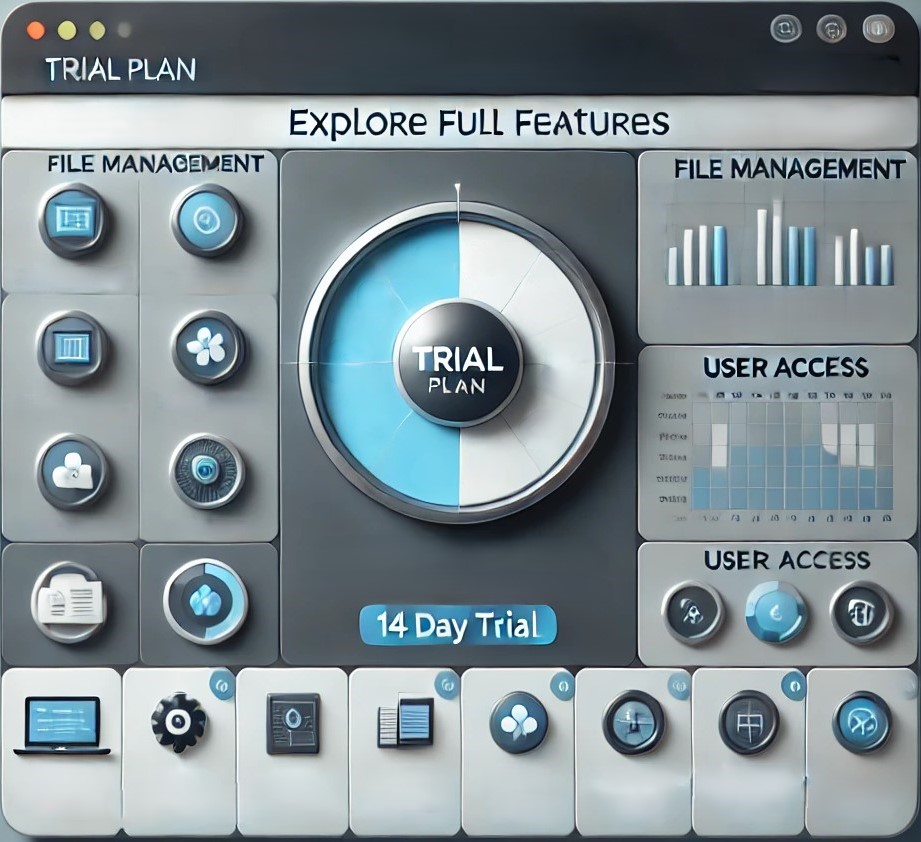As companies need secure online platforms to handle confidential data during deals virtual data room (VDR) providers have become crucial for businesses across industries. When companies look at VDR options, trial plans give them a chance to check out how the platform works before they spend any money. Research shows that 62% of businesses like platforms that offer free trial periods, because these let users see how easy the system is to use and what key features it has without paying right away. This article looks at the good points and drawbacks of trial plans from VDR providers, to help businesses make a smart choice.
Many providers give you a proefperiode dataroom, so companies can check out different features before they subscribe. These trial plans can give you useful insights, but you need to know their limits to evaluate the platform you’re considering.
What’s Good About Virtual Data Room Trial Plans
Virtual data room trial plans can shake things up for businesses. They let potential users get a feel for the interface, try out different tools, and see how secure the platform is. Here are some perks of going for a trial plan:
- Hands-On Experience: Users can navigate the dashboard, check out document management features, and play around with the user interface without any limits.
- Testing Security Protocols: A trial allows companies to check the encryption methods, data access protocols, and audit trails that the VDR provider offers.
Understanding Collaboration Tools: Many VDRs come with Q&A sections commenting features, and task management tools. The trial gives you a chance to see how well these tools help team communication and teamwork. However, while the perks are clear, businesses should also know about some limits that come with trial periods.
Drawbacks to Keep in Mind
Trial plans are helpful, but they have drawbacks that affect the evaluation process. Most trials last 7 to 14 days. This brief window might not give enough time to assess if a company is working on a complex deal. The trial might also cap the number of users or the amount of data you can upload, making it hard to test the platform in real-world situations.
Also, during the trial, you might not have access to some key features like better analytics, ways to customize, and extra support. These limits can give you an incomplete picture of what the platform can do, forcing you to buy a paid plan to see everything it offers.
Key Features to Evaluate During the Trial
To get the most out of a trial period, you need to zero in on certain key features that play a crucial role in secure and efficient document management. Here’s what businesses should keep an eye on when they’re test-driving a VDR:
Security Features
The top priority for any VDR is its ability to keep sensitive information safe. During your trial run, take a close look at the security measures, including encryption, access controls, and how data gets backed up. Check if the VDR meets standards like ISO 27001 and GDPR, as these rules make sure your data stays protected across different countries. When you put these features through their paces, you can figure out if the platform is up to the task of handling high-stakes deals.
Conclusion
Test-driving virtual data rooms gives you a chance to experience a provider’s offering before you sign up for a full plan. These trials let you check out the user interface, security measures, and teamwork tools. But keep in mind, they have their limits.

